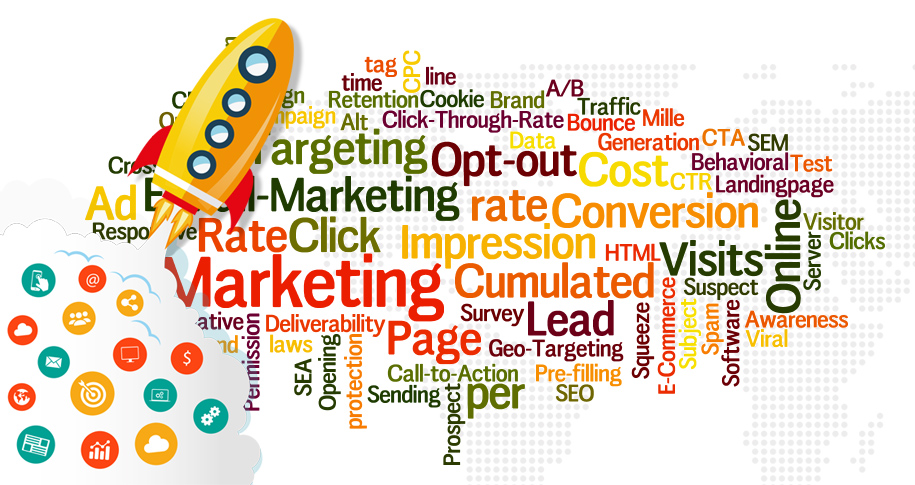What is Zero-Party DataWhat is Zero-Party Data?
Zero-party d... More?
Zero-party dataWhat is Zero-Party Data?
Zero-party d... More is information that a customer intentionally and proactively shares with a business. This can include preferences, interests, purchase intentions, and personal details that customers voluntarily provide, typically in exchange for better services or personalized experiences. Unlike first-party data (which is collected from user activity), zero-party dataWhat is Zero-Party Data?
Zero-party d... More is explicitly given by customers, offering valuable insights that allow businesses to cater more effectively to their needs.
Why is Zero-Party DataWhat is Zero-Party Data?
Zero-party d... More Important?
- Increases PersonalizationWhat Is Personalization in Marketing?... More
- Zero-party dataWhat is Zero-Party Data?
Zero-party d... More allows businesses to provide highly personalized experiences by directly understanding customer preferences. This could be anything from tailored product recommendations to personalized email content. - Example: A clothing brand uses zero-party dataWhat is Zero-Party Data?
Zero-party d... More to learn a customer’s preferred style and size, then sends personalized outfit suggestions based on their preferences.
- Zero-party dataWhat is Zero-Party Data?
- Improves Trust and Transparency
- Since customers willingly share their information, zero-party dataWhat is Zero-Party Data?
Zero-party d... More helps in building a stronger relationship of trust. Customers feel more comfortable knowing they are sharing their data for specific, beneficial reasons. - Example: An online retailer asks customers to fill out a simple survey about their style preferences, offering them discounts in return. This transparency encourages ongoing interaction.
- Since customers willingly share their information, zero-party dataWhat is Zero-Party Data?
- Enhanced Customer Insights
- Zero-party dataWhat is Zero-Party Data?
Zero-party d... More provides businesses with direct insights into what customers want. This information can be more accurate than inferred data and helps businesses understand customer behavior and needs on a deeper level. - Example: A software company gathers zero-party dataWhat is Zero-Party Data?
Zero-party d... More about user needs and expectations, allowing them to design more relevant features and improve customer satisfaction.
- Zero-party dataWhat is Zero-Party Data?
- Future-Proof Data Strategy
- With increasing concerns over privacy and the phasing out of third-party cookies, zero-party dataWhat is Zero-Party Data?
Zero-party d... More is a sustainable and privacy-compliant data source. Customers willingly provide this information, giving businesses an opportunity to rely on this data as a core part of their marketing strategy. - Example: A mobile app requests users to share information on their app usage preferences, ensuring compliance with privacy regulations like GDPR while still being able to personalize the user experience.
- With increasing concerns over privacy and the phasing out of third-party cookies, zero-party dataWhat is Zero-Party Data?
How to Collect Zero-Party DataWhat is Zero-Party Data?
Zero-party d... More
- Surveys and Polls
- The most common way to gather zero-party dataWhat is Zero-Party Data?
Zero-party d... More is through surveys, polls, or questionnaires. These can be embedded into websites, sent through emails, or even incorporated into apps. The key is to ask for information that will help improve the customer’s experience. - Example: A restaurant asks customers to fill out a survey about their dietary preferences and meal choices, which helps them personalize future meal offers.
- The most common way to gather zero-party dataWhat is Zero-Party Data?
- Quizzes
- Quizzes are another fun and engaging way to gather zero-party dataWhat is Zero-Party Data?
Zero-party d... More. Customers are usually willing to share more information when the process is interactive and provides them with valuable results. - Example: A beauty brand offers an online quiz that asks users about their skin type, which helps them recommend personalized skincare products.
- Quizzes are another fun and engaging way to gather zero-party dataWhat is Zero-Party Data?
- Customer Profiles and Preferences
- Encourage customers to create profiles where they can share preferences related to products, services, and communication methods. Offering incentives for filling out these profiles can increase participation.
- Example: An e-commerce store offers a discount for users who fill out their shopping preferences, helping the store create tailored shopping experiences for each individual.
- Incentivizing Data Sharing
- Offering something in return for zero-party dataWhat is Zero-Party Data?
Zero-party d... More is an effective way to encourage customers to share their personal preferences. Discounts, free trials, or loyalty points can serve as incentives. - Example: An online clothing store offers 10% off a customer’s next purchase for completing a quick preferences survey, ensuring valuable data for future marketing efforts.
- Offering something in return for zero-party dataWhat is Zero-Party Data?
Conclusion
Zero-party dataWhat is Zero-Party Data?
Zero-party d... More is becoming an essential resource in an era of increasing privacy concerns and data restrictions. By directly collecting information that customers are willing to share, businesses can create personalized experiences, improve customer satisfaction, and future-proof their marketing strategies. The key to successfully leveraging zero-party dataWhat is Zero-Party Data?
Zero-party d... More lies in offering value in exchange and building trust through transparency.
